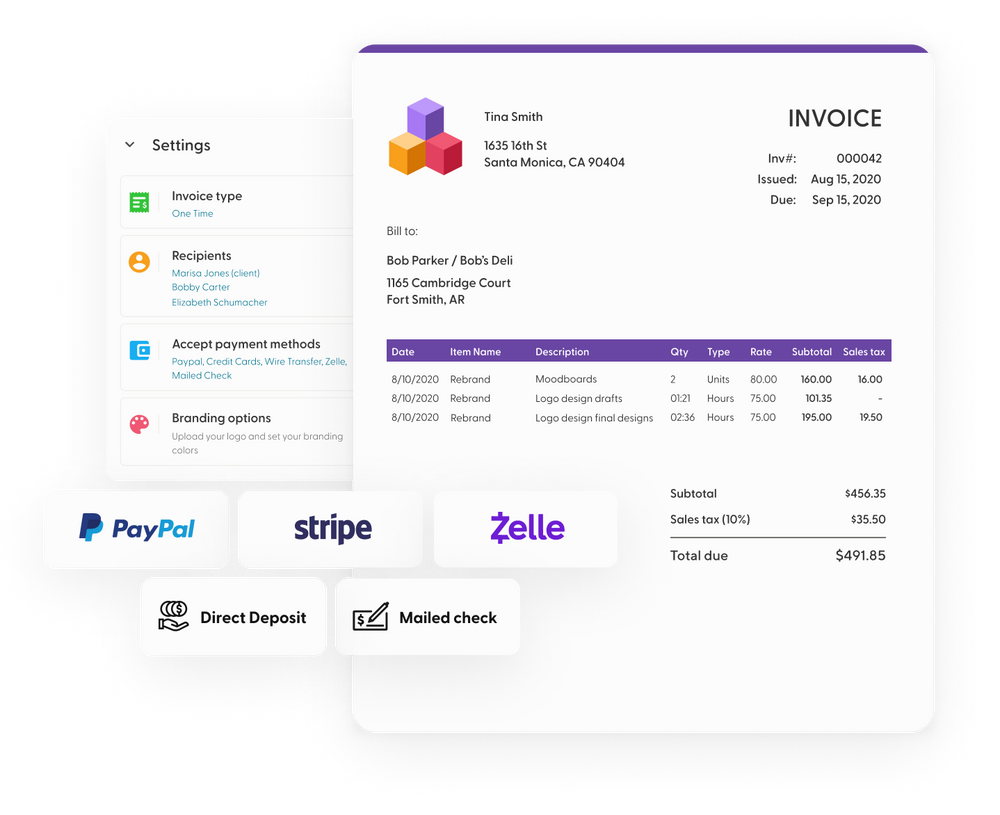Learning to say no at work is a skill set that should be developed. It can be so challenging to learn to say no when we live in a 'yes' culture. People are afraid that if they don't say yes, they're more likely to disappoint their bosses and less likely to be promoted. However, boundary-setting at work and learning how to say no is an important skillset to help you more effectively manage your work-life balance and your workload.
In this article, we'll share some of our favorite tips and tricks to saying no at work in a way that's polite and respectful.
When I was at my first job right out of college I remember a time where I was told by my boss to do a specific task and responded, well, that's not in my job description. It didn't go over too well. Here I am several years later having learned from some of the best of how to say no in a much better and more effective way.
Saying no to your boss or client
Depending on who you're saying no may affect the way in which you say no. In my experience saying no to a boss or client has varied significantly over saying no to one of my peers in the company. One of my favorite strategies for saying no to a client or a boss revolves around prioritization.
If your client is asking you to add on new deliverables on top of a list you already have, a good way to approach this is by saying:
"With the current list of deliverables, we're working on, adding on this project would be out of scope. Would you prefer to prioritize and replace this deliverable over one that's already being worked on? I anticipate that this will have X impact and will affect the goals we've set in X way. Alternatively, we can have a discussion around expanding the scope and I'd be happy to come up with a proposal for the additional cost this new task would add."
This example is a good way of saying no in a way that more approaches it from a problem-solving perspective. You share what is possible and what would need to change to make it happen. This works in the majority of cases and opens up a conversation with your client around capacity and impact.
If you're at a full-time job where additional work isn't possible, focus on the prioritization of work and the tasks that need to be completed. The goal of all these interactions is to properly expectation manage your workload so your manager has a better understanding of your capacity and what you're working on.
This can be particularly challenging for people who are newer to the workforce and trying to prove themselves, however setting up a career where you're able to have harder conversations about what is and isn't possible will help you learn how to teach others how to respect your time.
Saying no to a peer or colleague
Saying no to a peer is often much easier than saying no to a client or boss because they have less power over you. They're not responsible for your reviews or pay, which already takes off a level of pressure that saying no will impact your performance.
Often times peers or colleagues will ask you for support on their projects or to join a task force, brainstorm, work event, or other projects. In these instances, saying no is best done politely and firmly.
"Thank you for thinking of me. No, I'm not able to at this time."
Coming up with different reasons why you're not able to do something can open the door for negotiation. If you're open to negotiating you can elaborate and explain, but if you want to close the door on the no, don't provide a reason.
Acknowledge their ask with a 'thank you for thinking of me' and move forward to something else.




